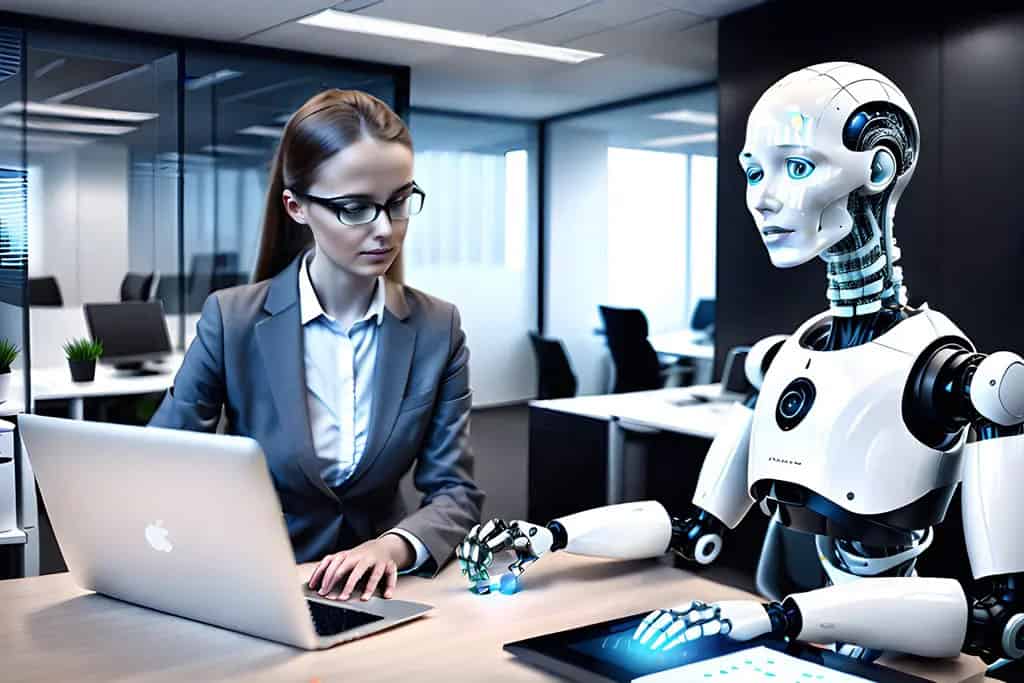Artificial Intelligence (AI) is transforming industries and reshaping the job landscape. From automation and data analysis to customer service and healthcare, AI is everywhere. But this rapid technological shift has sparked a debate: Is AI stealing jobs or creating new opportunities?
Understanding AI and Automation
AI refers to machines or software that mimic human intelligence—learning, reasoning, and problem-solving. When combined with automation, AI can perform tasks traditionally handled by humans, often more quickly and accurately.
Common examples include:
- Chatbots handling customer service inquiries
- AI-powered robots assembling products in factories
- Algorithms screening job applicants
Sectors Most Affected by AI
AI is having the greatest impact on sectors involving repetitive or data-driven tasks.
Manufacturing
Robots now assemble cars, sort packages, and inspect product quality, reducing the need for human labor in routine tasks.
Retail and Customer Service
AI chatbots are available 24/7 to answer questions, process orders, and manage returns. Automated checkouts are also becoming the norm.
Transportation
Self-driving technology is advancing quickly. Companies like Tesla and Waymo are working toward fully autonomous vehicles, potentially disrupting jobs in trucking and ride-hailing services.
New Job Opportunities Created by AI
While some roles are being eliminated, others are emerging:
- AI Specialists: Data scientists, machine learning engineers, and AI ethicists are in high demand.
- AI Maintenance: As automation increases, so does the need for technicians to maintain and repair AI systems.
- Creative Fields: AI is aiding designers, writers, and video creators—generating new job categories that never existed before.
AI is also assisting workers rather than replacing them. For example, AI in healthcare helps doctors make better diagnoses rather than substituting them.
Upskilling and Reskilling: The Way Forward
To adapt to the changing job market, workers need to upskill and reskill. Governments, companies, and educational institutions must invest in training programs focused on:
- Data literacy
- AI and machine learning basics
- Coding and software development
- Human-centric roles like counseling, negotiation, and leadership
Platforms like Coursera, Udemy, and LinkedIn Learning are already providing accessible education for future-ready skills.
Ethical and Social Considerations
There are concerns that AI may widen income gaps and lead to job displacement in low-income communities. Additionally, AI-driven decision-making—like hiring or loan approvals—may inherit biases if not properly designed.
Transparent AI development, fair labor policies, and human oversight are essential for responsible implementation.
Conclusion: AI as a Catalyst for Change
Rather than fearing AI, society must prepare for a collaborative future where humans and machines work side by side. AI can boost productivity, create better services, and open up creative potential—but only if we build inclusive systems that support all workers in the transition.



